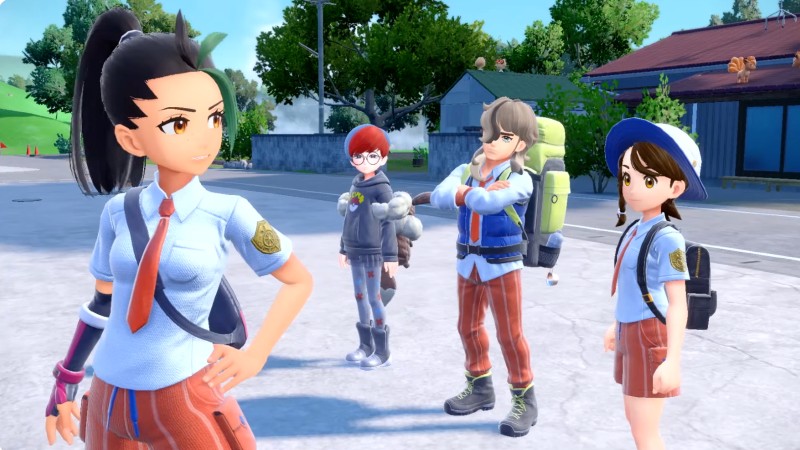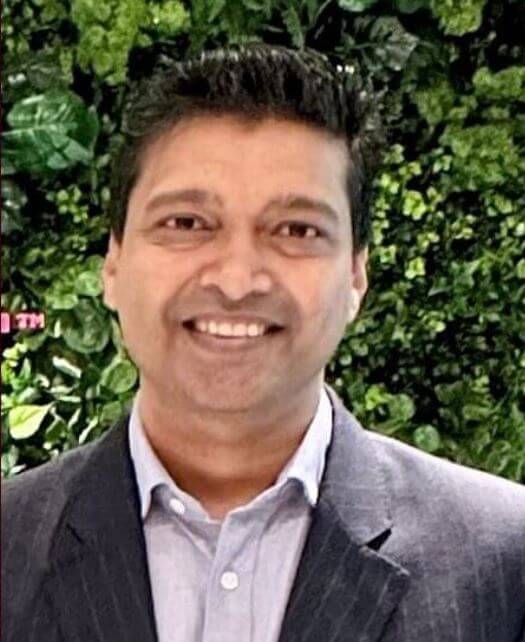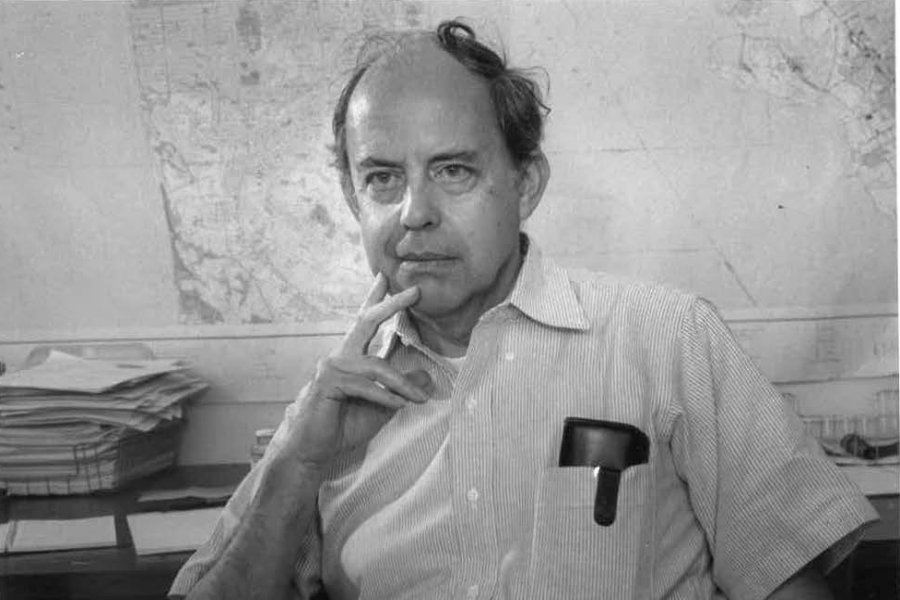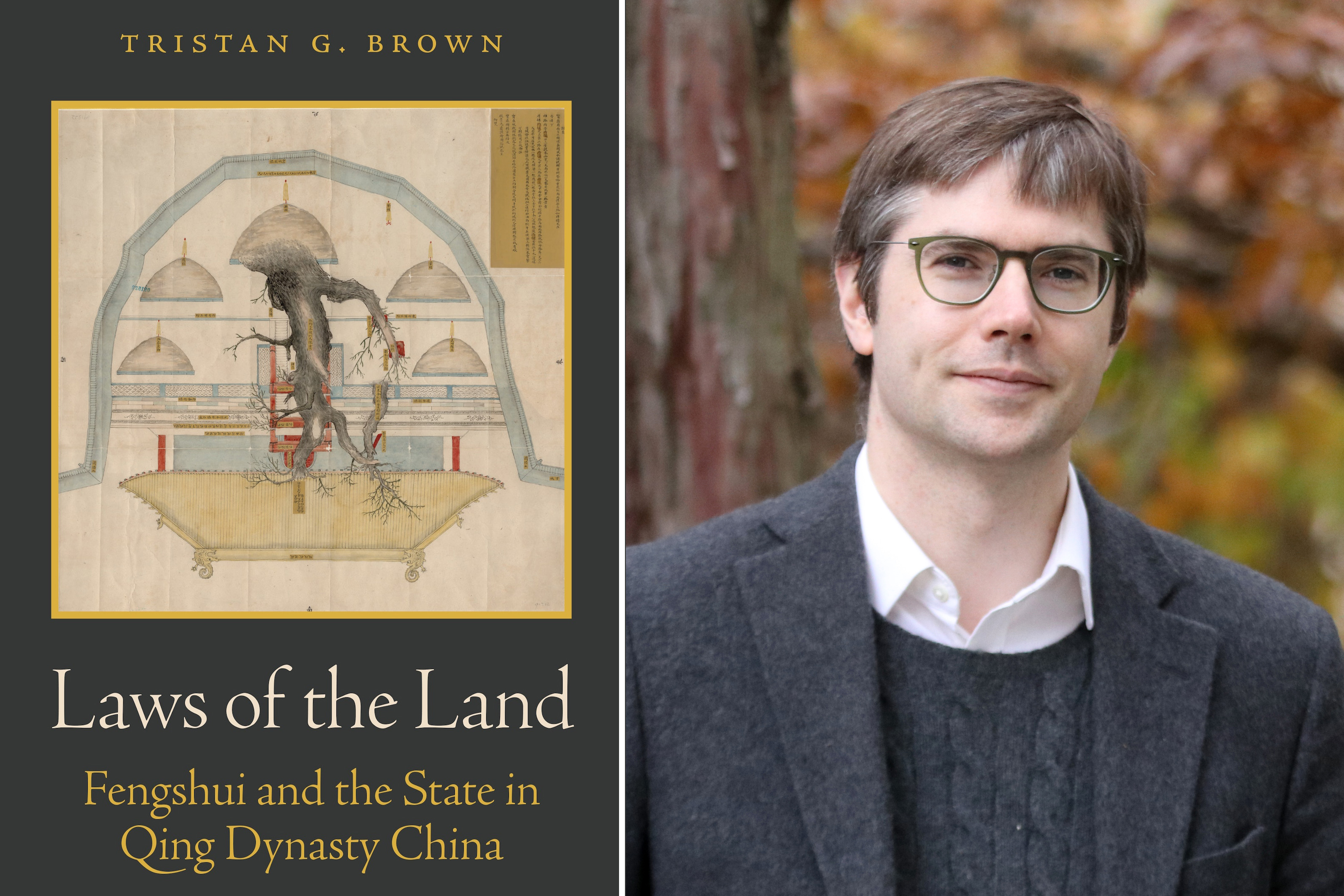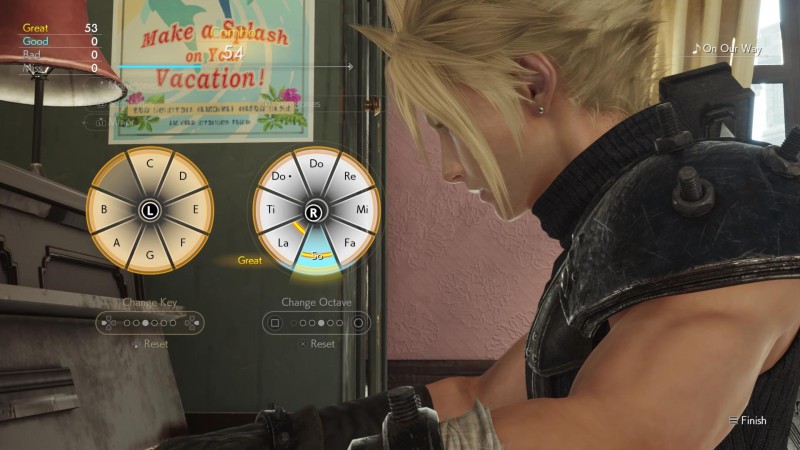Frederick C. Hennie III, professor emeritus in the MIT Department of Electrical Engineering and Computer Science (EECS), died on Oct. 23. He was 90 years old.
An affiliate of MIT EECS for his entire adult life, Hennie is known for influential early work in the theory of computation, as well as work on algorithms and discrete mathematics. As a longtime executive officer for the department, Hennie’s facility for programming languages and databases and his careful approach to highly complex systems made him a valued co-worker and advisor to multiple department heads.
Fred Hennie was born Feb. 9, 1933, in New Jersey, the only child of Anne R. Hennie and Frederick Hennie Jr., and attended Montclair High School in Montclair, New Jersey. From a very early age, his serious and reserved demeanor contrasted with his wider, more boisterous family. “My cousin Fred was always unique in our family,” remembers Louise Rutledge, who recalled his visits home on break from MIT when she was very young. “Fred would dutifully say hello, and I would tell him it was time for the ‘arm swing.’ Again he would dutifully extend his arm, and I would grab on and tell him he should swing me round. … Then it would be obvious that Fred needed ‘to study,’ and I would retreat downstairs. Fred was unfailingly polite, soft-spoken, and often monosyllabic. The only adult who was able to converse with him seemed to be my mother.”
Attending MIT for electrical engineering, Hennie was noted not only for his clear and lucid writing style (his PhD thesis on the topic of cellular automata drew attention from many), but also for his great talent for crafting examples and explanations which students could easily grasp.
Hennie graduated from the Institute with his BS in 1955, going on to earn his MS in 1958 and his PhD in 1961. He immediately took a faculty position within the department; with a brief exception for a stint as a visiting faculty member at the University of California at Berkeley, he would go on to spend the entirety of his adult life at MIT, becoming an associate professor in 1966, a full professor in 1968, and executive officer of the department in 1976. He would hold that position until 2001.
While his importance to departmental functioning would grow, and his impact would be felt by many generations of students, his public profile remained low, as the intensely private Hennie found his niche refining procedures, honing curricula, and contributing to some of the thorniest research problems of his day.
“In 1976, I was teaching recitation sections of 6.042, which was led by Fred Hennie,” remembers Ron Rivest, now Institute Professor and professor post-tenure of computer science and engineering. “It was a great introduction to teaching EECS — he was always so careful and precise. Around that time, Adi Shamir, Len Adleman, and I came up with the fundamental structure of the RSA [Rivest-Shamir-Adleman] public-key cryptosystem. I think Fred’s meticulous approach to everything was key to our success.”
In the recollections of all who worked alongside him, Hennie’s extraordinary attention to detail was remarkable. Nancy Lynch, the NEC Professor of Software Science and Engineering (Post-Tenure), first encountered Hennie as she was completing her graduate work at MIT in the early 1970s. “He gave me a copy of his book draft for an undergraduate algebra course (sets, number theory, groups, rings, fields, etc.). These notes were impeccable and thorough, and were a terrific reference for the field. In fact, I used them in 1974 as the main text for an algebra course I taught at the University of Southern California.” When Lynch later returned to MIT as a faculty member, she worked with Hennie in her role as EECS assistant department head.
Charles Leiserson, now the Edwin Sibley Webster Professor, was another arrival to the department who found himself impressed by Hennie’s observational gifts. “I had a student in one of my classes who was cheating, and Fred was his academic counselor, so we arranged a meeting. The student was quaking in his boots, but Fred started out by saying to the student, “Now, this is a difficult situation we have here; what do you think we should do?” And then Fred was quiet for what seemed like an eternity.” Faced with nothing but patient silence, “the student opened up. There was, of course, an enormous mess in the student’s personal life; the cheating was almost a cry for help. We were able to get him good counseling and so forth, but Fred’s silence was really brilliant.” Leiserson later learned that the technique Hennie so deftly applied had a name: powerless communication. “Usually when you think about communication, you think about power and making your point. But that’s not a good way to build relationships. Fred, in that short preamble, flipped the dynamic. He asked for advice, which conveyed respect and showed that he valued what the student had to say. Not only that, but he let the student break the silence. That was such a good lesson for me as a junior faculty member.”
Hennie’s inclination toward teaching and instruction led him to a long engagement as the department’s executive officer, a broad position that not only oversaw all educational activities, but also dealt with the myriad complex administrative systems required to handle the movement of thousands of students from matriculation through graduation annually. In this role, he was assigned an administrative assistant, Lisa Bella.
“I worked with Fred for more than half my life,” remembers Bella, now the administrative coordinator for education officers within the department. “I think many of us felt we never really stopped working for Fred, even when he stepped down as executive officer. Keeping accurate records, whether database records or paper historical records, was very important to Fred — what was retained in his Rolodex brain was just as impressive.” In her role, Bella saw a playful side of Hennie that few others witnessed: “Fred created imaginary characters and entered them into the department database for troubleshooting purposes,” she recalls. The practice sometimes backfired, as Bella would try to track down real information for the fictional Beatrice Bumble. Bella also noted Hennie’s daily habit of walking to and from work from Brookline. “Leaving early, he’d put on a fisherman’s hat or wool fedora, walk by my office and say ‘Cheerio,’” says Bella. “I’d always respond, ‘Rice Krispies.’”
Others who worked closely with Hennie describe a deliberate, deep thinker whose advice was always carefully considered. Former EECS department head John Guttag, now the Dugald C. Jackson Professor in Electrical Engineering, remembers Hennie as a trustworthy advisor. “When I was offered the job of assistant department head by Joel Moses [then the dean of the School of Engineering], Joel advised me that I wouldn’t make any drastic mistakes so long as I consulted with Fred. He was right. During the time I spent as an assistant department head and then department head, Fred was a source of sound advice on a variety of topics, and I have to assume he served the same role long before I entered the picture. Fred was the departmental leadership’s institutional memory.”
A long series of EECS department heads came to rely on that institutional memory. W. Eric Grimson, now chancellor for academic advancement, interim vice president for open learning, Bernard M. Gordon Professor of Medical Engineering, and professor of computer science and engineering, remembers his reliance on Hennie: “Fred was a source of sage advice during my tenure as head of EECS. Although a very private person, he was a keen observer of organizational dynamics, and provided quiet but very thoughtful advice on department organizational structure and on navigating the dynamics between different parts of the department. Additionally, Fred was decades ahead of his time in collecting and curating data and using it to inform departmental decisions. The database he built, maintained, and enhanced was an incredible source of useful information, and was available years before MIT centrally caught up.”
“His passion for the department and its operations was phenomenal,” says Anantha Chandrakasan, now dean of the MIT School of Engineering and the Vannevar Bush Professor of Electrical Engineering and Computer Science. “As a department head, I worked very closely with him. Fred had tremendous attention to detail and he covered a range of critical departmental issues — from tracking appointments to all aspects of the EECS databases. He was always available to provide sage advice on the operations of the department. It was truly an honor interacting with him and I was greatly inspired by his passion.”
President Emeritus L. Rafael Reif remembers a dual-sided nature of his longtime coworker: “Fred was very pleasant to be with if you did not mind no conversation. He was there with you, but he never said much (at least not to me). However, one thing was always clear to me: His life was EECS. And EECS is what it is today — the largest department at MIT and the best program of its kind in the world — thanks, in great measure, to Fred Hennie, and his clarity of mind, devotion to his field and his students, and many gifts as a teacher.”
That dedication led Hennie to work for the department long past when others might have retired. In later years, he made a purely nominal move to part-time employment, focusing on database management and working alongside Helen Schwartz and Myron Freeman; he continued to walk to work daily until Covid-19 closed the offices. Schwartz, who began her time in EECS working alongside Hennie as a database programmer and eventually became database administrator, recalls the vast and complex nature of the data they grappled with: “We started developing a fairly massive database to store as much information as possible relating to the entire academic development of the student, minus the grades. Courses that they took, teaching assignments, TA [teaching assistant] appointments, benchmarks, requirements … we had to enter all the courses that were available, match them with what the students had taken, and see if the person had been staying on track.” She remembers Hennie as undaunted by the challenge. “Fred was an extremely brilliant person in the sense that he would never be afraid of new things coming his way,” she recalls, noting that in the time she worked alongside him, the department database shifted from using Multics database to a large relational database dedicated entirely to the EECS functions, collecting student and faculty data.
As perhaps Hennie’s closest coworker, Schwartz caught rare glimpses of his outside interests beyond the walls of the department. “He was an avid photographer,” she remembers, “and created an extraordinary collection of photographs from all his trips to Scandinavia. He would go to places that he’d been before many times, taking pictures of things that he did before in a new light and creating a very different aura or impression of the same place.” And although he never discussed his own history or revealed even the most mundane personal details to his coworkers, his voracious reading habits showed that he was a close, even fascinated observer of the human condition. “Only after I retired, I would go visit him and he would give me bags and bags of books that he was trying to unload.”
Over the many years they worked together, Schwartz grew to greatly admire her co-worker. “He was an interesting person in the sense that he was extraordinarily old-fashioned in many senses. He didn’t like fast changes, because they are frequently not very well-considered. But socially and politically he was an extraordinarily respectful person. He might criticize someone for making the wrong choice. But he respected human nature.”
Cousin Louise Rutledge agrees, adding, “Now, after his passing, going through his files and paperwork, it is abundantly clear that what Fred valued was his work at MIT, the colleagues with whom he maintained contact, the wonderful library that he built with an amazing variety of subjects, his photography from decades of travels around Scandinavia and Europe, and last but not the least, his lifelong relationships with a handful of close friends.”
Those close friends, and the department to which Hennie devoted so much of his life, will miss him greatly. Donations in memory of Fred Hennie can be made to his three favorite charities: Habitat for Humanity, Mass Audubon, and The Nature Conservancy.


